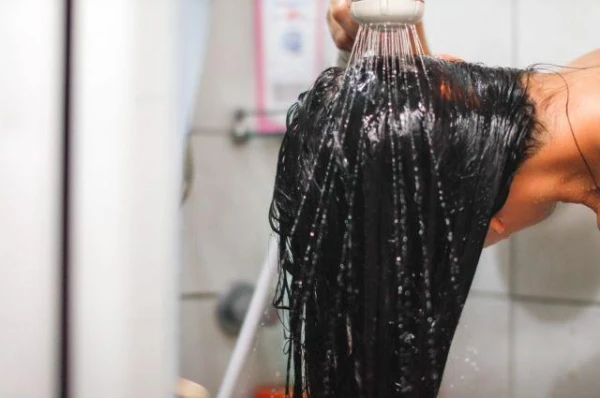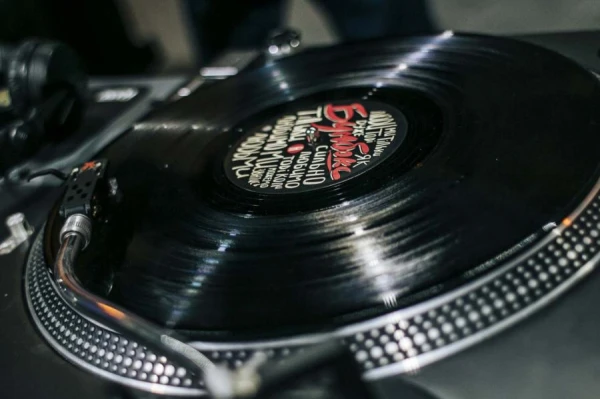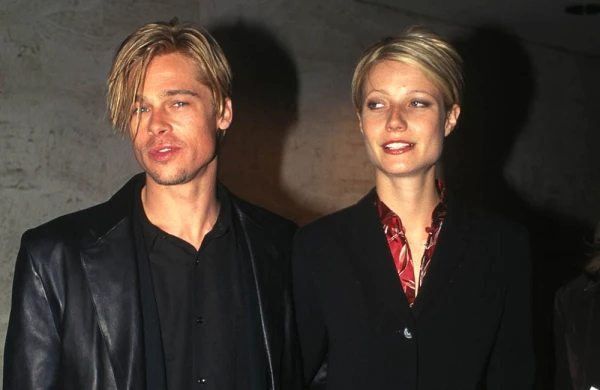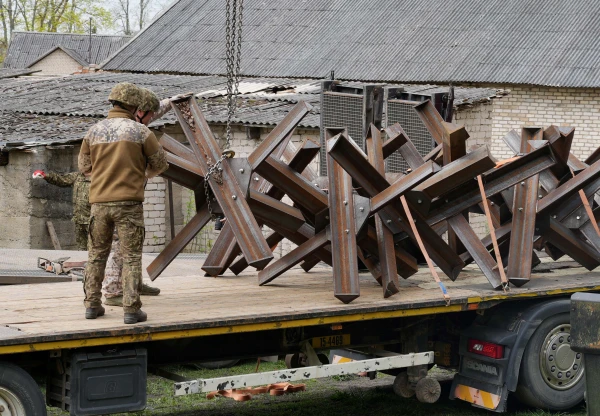
We probably already suspected that a beard could soften blows, but now thanks to researchers from the University of Utah, we have confirmation.
In fact, the researchers did not subject bearded individuals to blows, but used a bone dummy wrapped in sheep skin. Although sheep wool is not an exact replica of a male beard, the authors of the study claim that the samples of sheep fleece were chosen so that the volume of hair follicles from which hair grows was approximately equal to the volume of follicles on the face. Thus, to some extent, the sheep samples can be considered an analogue of a beard. The wool on the skins was left in its natural state, trimmed, or plucked. A piece of bone wrapped in skin was placed on a special anvil, and a heavy metal piston fell on top of it.
The article published in Integrative Organismal Biology states that the bone was best protected by the untrimmed “beard,” that is, the skin with long hair—it absorbed 30% more impact energy compared to the trimmed “beard” and the completely shaved “beard.” If the machine delivered such a strong blow that it shattered all shaved samples and 95% of trimmed ones, only 45% of the truly “bearded” samples were destroyed. This confirms that hair does indeed protect bone, and perhaps this is true not only for bone dummies in sheep skin but also for the human jaw.
There are anthropological studies that show our skeletons and muscles evolved for effective fighting; it is also suggested that some features of male facial structure arose specifically to soften injuries in fights. In various cultures and among different peoples, the beard has often been perceived as a positive trait symbolizing masculinity, valor, and power. Despite the fact that humans have almost rid themselves of body hair during evolution, there may have been reasons for the beard's preservation. Nevertheless, despite serious evolutionary and cultural reflections, we would recommend that the Ig Nobel Committee take notice of this study.













